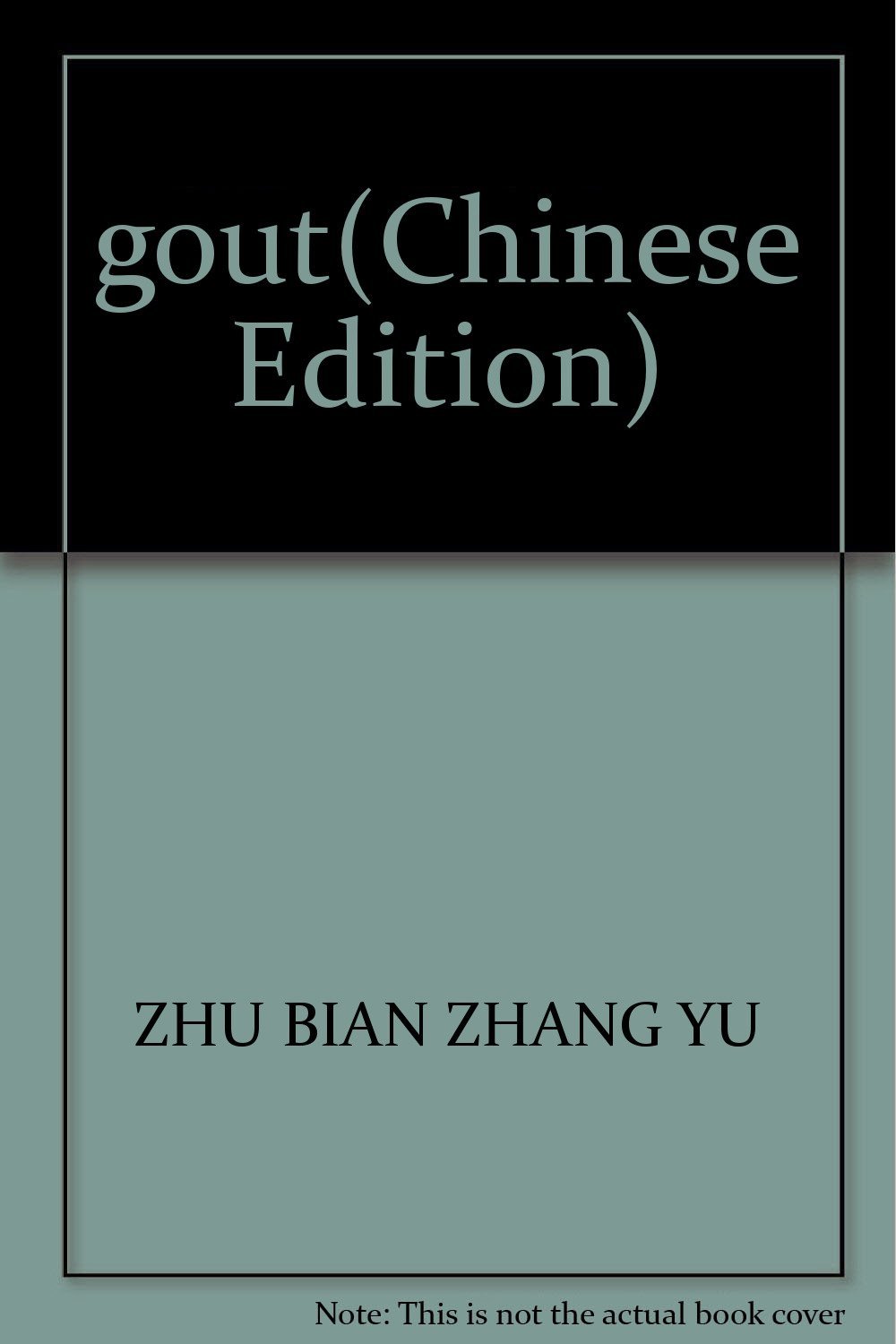Disclosure: As an Amazon Associate, I earn from qualifying purchases.
Have you ever wondered about the intricate world of medical literature focused on specific ailments? If you are on a quest to find valuable information concerning gout, the “gout Paperback – January 1, 1991” might just be what you are looking for. This book has piqued the curiosity of many who are dealing with or interested in understanding this painful condition. Here’s an in-depth review of this paperback that might help determine if it suits your needs.
Understanding the Purpose of the Book
What’s the Aim of “gout”?
The main aim of this book is to provide an insightful look into the complexities of gout. Authored in 1991, it targets individuals who seek clarity about this condition. Whether you are someone who suffers from gout or a caregiver trying to help, the insights presented could be invaluable. The book intends to build a foundational understanding by delving into symptoms, causes, and treatment options available at the time of its publication.
Who Is the Target Audience?
“Gout Paperback – January 1, 1991” is tailored for a diverse audience. While it may cater primarily to those affected by gout, it also appeals to academics, medical professionals, and students in the medical field. Its comprehensive nature offers insights that can aid in professional knowledge and, for the layperson, practical tips on managing the condition.
Content Structure and Organization
How Is the Information Presented?
One of the book's strengths lies in its well-organized structure. You will find the content divided into several chapters, each addressing a different aspect of gout. The narrative takes you through background information before progressing to more complex discussions. This structured approach ensures that you won’t feel overwhelmed, guiding you seamlessly from one topic to the next.
Chapter Breakdown
Let’s break down the information to give you a clearer picture of what to expect:
| Chapter | Topic Covered |
|---|---|
| 1 | Introduction to Gout |
| 2 | Symptoms and Early Signs |
| 3 | Causes and Risk Factors |
| 4 | Diagnostic Techniques |
| 5 | Treatment Options |
| 6 | Lifestyle and Dietary Advice |
| 7 | Case Studies and Real-life Experiences |
Each chapter is crafted to provide both theoretical knowledge and practical advice, intertwining facts with relatable stories to make the reading experience enriching.
Exploring the Key Features
Highlighting Significant Insights
One of the standout features of this paperback is its focus on real-life case studies. These stories turn abstract medical concepts into relatable narratives that can make your understanding of gout more concrete. Feelings of isolation when dealing with a chronic condition can be alleviated by reading about others’ experiences.
Including Practical Advice
The book doesn’t just stop at symptoms and causes; it extends its reach to offer practical advice on lifestyle changes that could help manage symptoms. From dietary recommendations to exercise routines, you'll find actionable steps that can empower you in taking control of your health.
Critical Analysis and Opinions
Strengths of the Book
The engaging narrative style coupled with comprehensive research is a major strength. The careful balance between academic rigor and accessible language makes it suitable for varied audiences. Moreover, the case studies are not only informative but also provide an emotional connection to real-world situations, offering a sense of shared experience and community.
Areas for Improvement
While the book offers valuable insights, one must consider that it was published in 1991. Since then, advancements in medical research and treatments may not be reflected. However, this historical perspective provides an interesting view on how understanding and management of gout have evolved.
Personal Takeaways and Reflection
Why You Might Consider Reading It
If your goal is to deepen your understanding of gout from a historical perspective, this book could be a great addition to your reading list. It serves as a reminder of the continuous advancements in medical science and how past knowledge contributes to current practices.
Gleaning Lessons for Modern Application
Ultimately, while the information may be dated, the foundational principles of managing gout through lifestyle changes and symptom recognition remain relevant. The book can provide a comparative base for newer materials, sharpening your ability to recognize advances in treatment and management strategies.
Conclusion
In conclusion, “gout Paperback – January 1, 1991” presents a thorough exploration of an often misunderstood condition. With its structured approach and mix of theoretical and practical advice, it offers significant value to readers seeking to expand their knowledge. Despite its age, the book remains a classic reference point in the study of gout, worthy of your consideration if you appreciate a blend of history, medical science, and personal stories.



